Like our parents and grandparents, people today are rediscovering home food preservation and storage to be healthier, save money, and be more self-sufficient. Backyard and indoor gardens and home food preservation has never gone out of style and are growing now at a rapid rate. For most Americans food prepping is business as usual for sufficiency and survival in uncertain times.
My grandmother and mother would do food caning, pickling, drying, and freezing every year with home grown produce and from the farmer’s market. Even in the toughest recession times we ate well. I enjoy growing my own foods and drying foods and herbs for cooking and backpacking.
In recent years there has been a significant increase in home food preservation, especially using canning, smoking, pickling, and dehydration methods. Reasons driving this growth is mostly economic to attain self-sufficiency, prepare for emergency food shortages, and reduce food costs. The growing fear of food shortages is a major concern which has been fueled by the 2008-09 recession, COVID lockdown of 2019-22, and high inflation 2022-24.
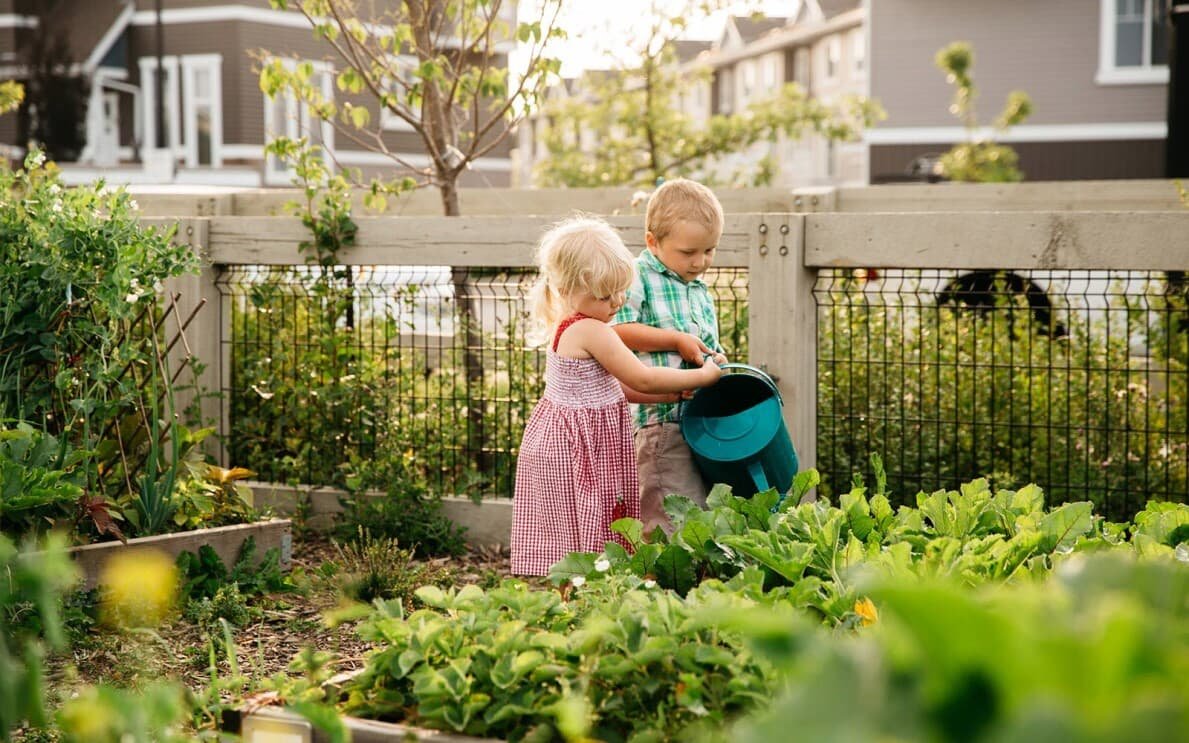
There are over 43 million American households with a backyard vegetable garden, 51% of which preserve food with canning. Urban farming has seen a 30% growth in the last three decades. Ball and Kerr reports a 60% growth in food canning. Indoor hydroponic vertical gardening has seen a 3,000 % increase over traditional gardening. According to Scott’s Miracle Gro, 55% of Americans are involved with gardening and millions more are planning to do so.
According to the National Gardening Association, COVID created 18.3 million new home gardeners. The highest increase was among Gen X (33%), Millenials (65%), and Gen Z (44%).
According to FEMA, 26 million adults in the U.S. consider themselves food preppers and many millions more do some type of food preservation and storage. Surveys show that 42.6 million people (16.5% of adults) have done some form of prepping. Most preppers are homeowners (73.4 %), middle to upper income (54%), educated, and 30 to 50 years of age (48.2%), 50 to 70 (26.2%), 18 to 30 (17.4%).
Family Nutrition Planning

Food planning should be based on nutrition. Depending on bodyweight and level of strenuous activity, each person requires 1,600 to 2,800 calories per day. The body needs a combination of carbohydrates (50%), fats (25%), and protein (80 to 100 grams) daily to maintain a healthy lifestyle, immunity, cellular growth, metabolism, hormonal balance, and mental abilities.
Food planning per person daily recommendation:
Grains and Starch (potato, bread, cereal, pasta, rice, corn) 6 servings per day.
Fruit, including avocados and tomatoes, 2 servings per day.
Vegetables, salad, 3 servings per day.
Protein (eggs, meat, fish, poultry, beans, nuts, tofu, yogurt) 2 servings per day.
Dairy (milk, cheese, yogurt) 2 servings per day.
Complete proteins can be achieved by mixing grains with either dairy, beans, nuts, or eggs.
Food Storage
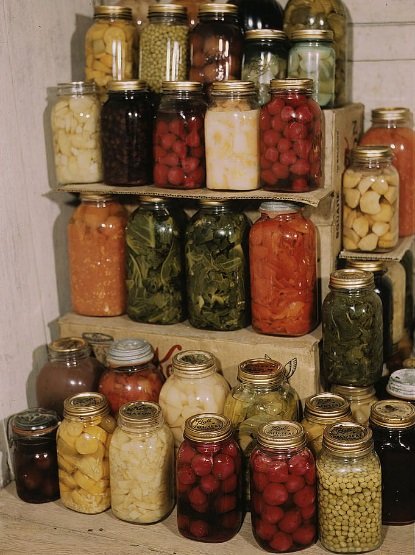
If stored properly most food has a shelf life of up to 2 to 3 years, with some 10 years or longer. The best non-refrigeration food storage is having a secure pantry or food cellar. It is best that the storage area is dry and cool at 50 to 60 degrees F. Moisture causes the growth of mold and bacteria.
Fruits and vegetables best for live storage in a root cellar are: apples, beets, Brussel sprouts, cabbage, carrots, celery, onions, peas, potatoes, pumpkin, radishes, rutabaga, turnips, winter squash, and others.
Store food in 5 gallon buckets with covers and lined with mylar bags with two oxygen absorbers then seal the bags and the lid airtight. Rotate food items to use the oldest first. Properly stored, white rice, pasta, dried beans, and rolled oats will last 30 years. Freeze dried meat, dehydrated fruit and vegetables, powdered milk, and quinoa will last for 25 years. Alcohol, white sugar, salt, and honey are resistant to spoilage and will last indefinately.
Commercially canned food goods will last beyond the ‘best used by date’. Low acid canned food, such as meat, seafood, and vegetables, will last 3 to 5 years. High acid canned foods, like fruit and tomatoes, will last 2 to 3 years. Home canned food will last 1 to 2 years, depending on acidity.
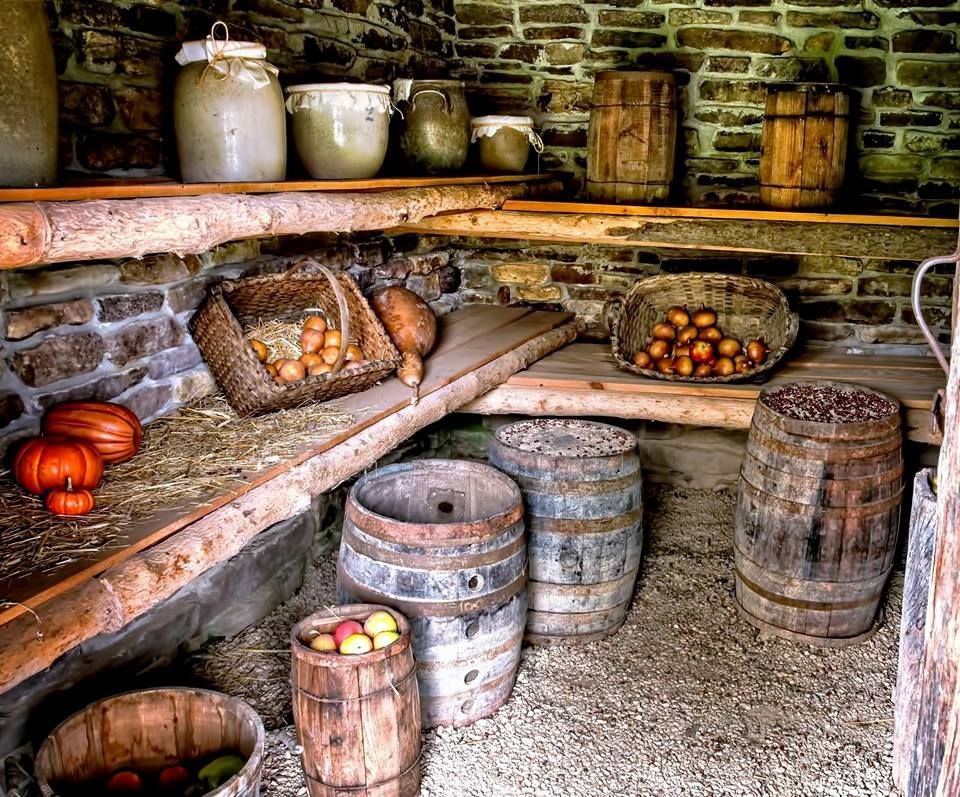
Old School Root Cellar
Before electric refrigerators homes had a root cellar to “hole up” vegetables, fruits, nuts, seeds, and oils to preserve them with controlled temperature and humidity. Root cellars would be in underground pits, hillsides, sheds, crawlspaces, or basements. Temperature would be a constant 40 degrees F year round. Potatoes, carrots, parsnips, rutabaga, beets, and turnips would be stored in a deep hole with layers of hay and dirt, with a corn stalk “fodder shock” corned roof. Sweet potatoes would be wrapped separately in paper and kept in wooden barrels. Cabbages could be buried head down over their roots during the winter. The frozen dirt would dehydrate the cabbage which preserved it.
Drying
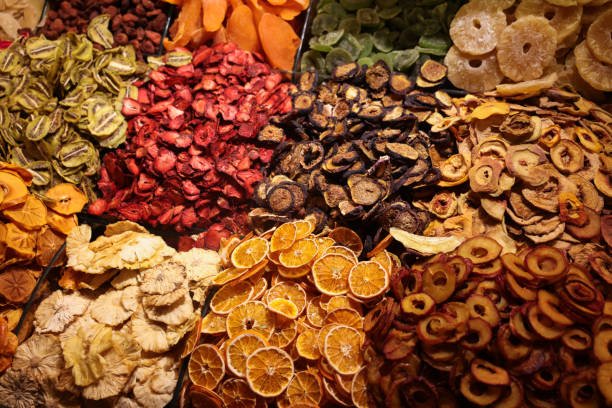
Drying removes water in foods which inhibits bacteria, yeast, and mold. Vegetables, fruits, and grains can be dried through sun drying, heat drying, and air drying. Food dehydrators are the most efficient. Food is washed and then blanched for 2 minutes in boiling water. It is then dried at 125 degrees F for a designated amount of time for the type of food.
Drying herbs for cooking, teas, and crafts is easy. Pick herbs before flowering for best flavor. Rinse and dry at 95 degrees F until crisp. Store in jars in a dark and dry place.
Popular dried food includes:
Pasta, grains, nuts, herbs, powdered milk, powdered eggs.
Meats: sausage, ham, salami, jerky, pepperoni, prosciutto, fish, other.
Fruit: raisons, dates, figs, apricots, cherries, cranberries, apples, pears, peaches, pineapple, lemons, oranges, grapes, berries, melons, strawberries, blueberries, other.
Vegetables: green beans, onions, potatoes, mushrooms, cauliflower, broccoli, squash, carrots, celery, eggplant, zucchini, beets, cabbage, tomatoes, Brussel sprouts, peas, peppers, other.
Food Dehydrator Manufacturers
Magic Mill, Nesco, Cusori, Septree, Cabela’s, Vivo Home, Keenstar, Hoperan, Lem, Elite, Excaliber, Cuisinart, Hamilton, Western, Ivation, Cercker, Oslvken
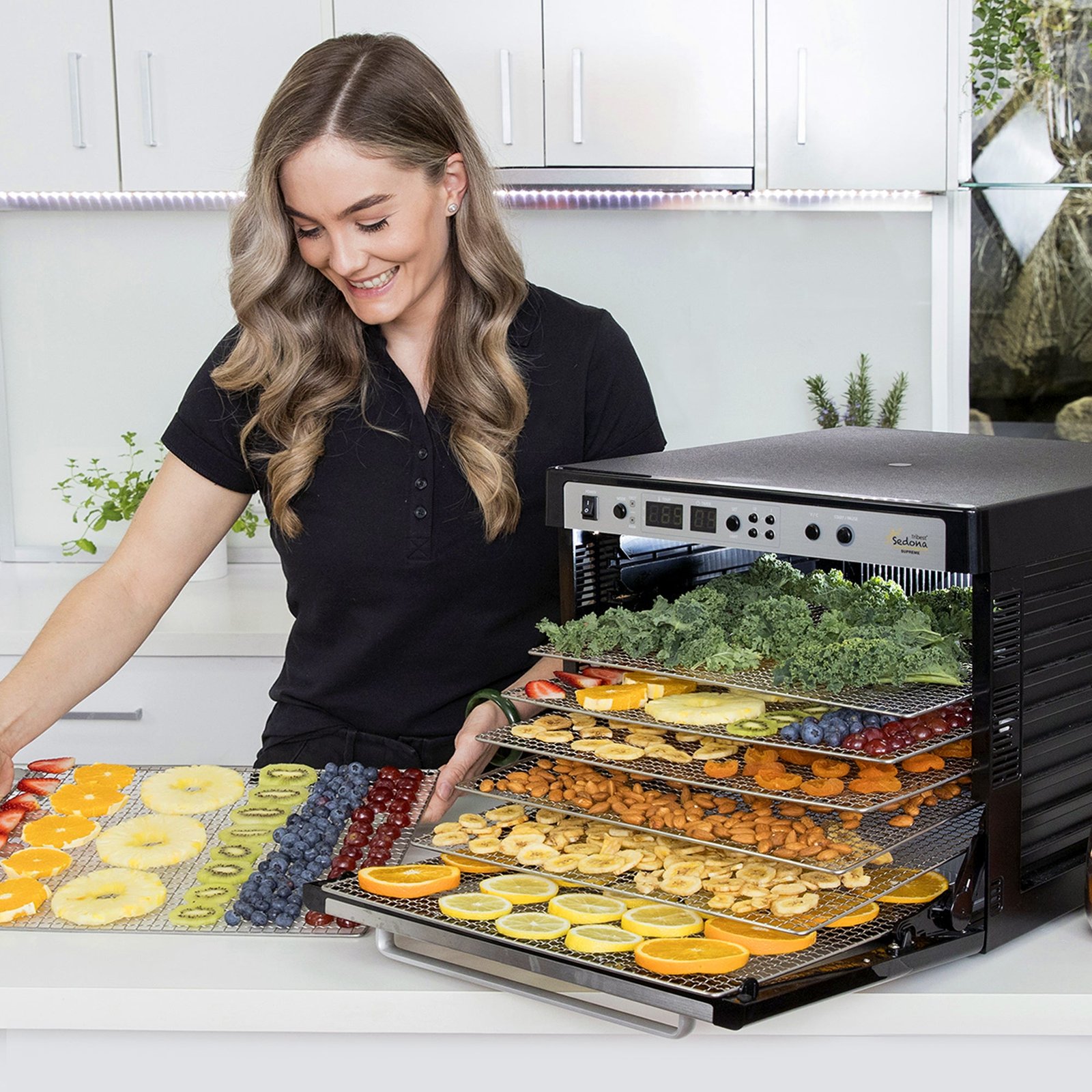
Dry Beans
Soak dried beans in water overnight, drain in the morning. Used in bean soup, lentil soup, beans with bacon or hamhock, baked beans, bean salad, and more.
Jerky
Jerky is dried meat that can use beef, pork, lamb, salmon, or turkey. Lean meat is used with all the fat cut off, sliced thin, and then marinated with sauces and spices. It is then dehydrated at a low heat.
Dried Fruit
Can be used in salads, baked goods, stuffing, granola, trail mix, with oatmeal, in rice dishes, with poultry, with pork.
Dried Vegetables
Soak in water and heat as a side vegetable, they are great in soups, stir fry, chips, and other.
Smoking
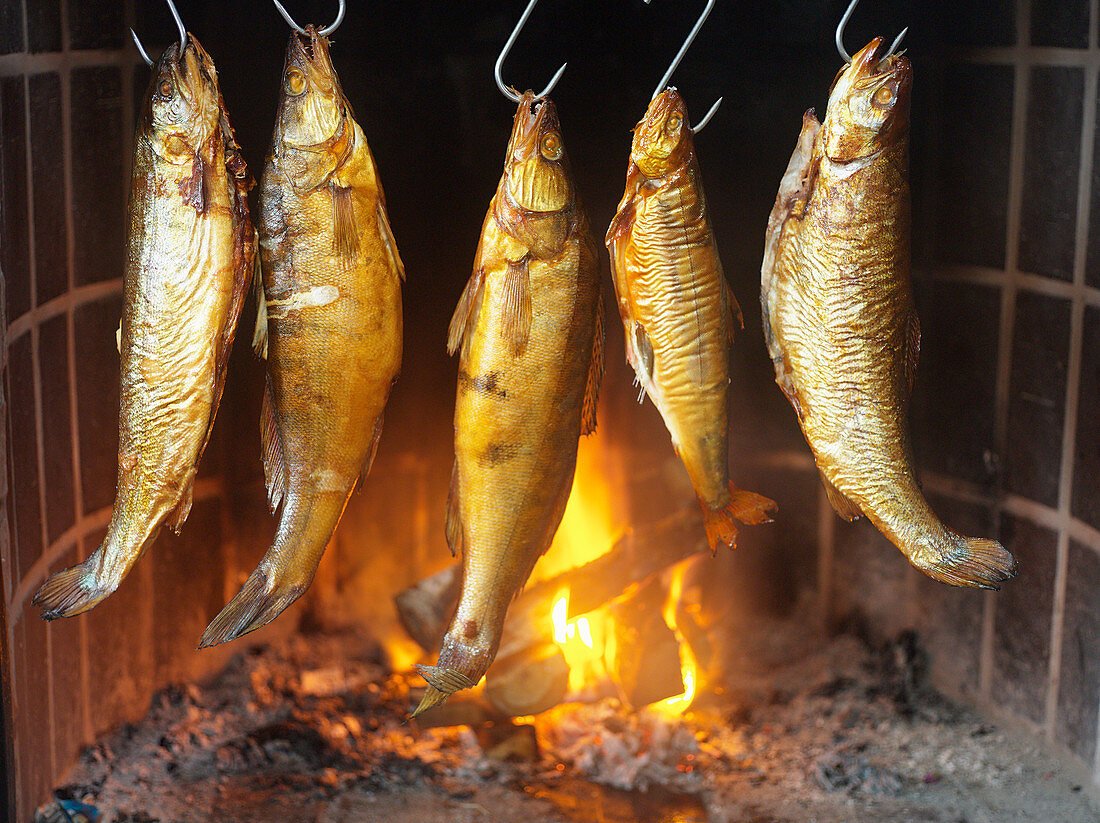
Smoking is used to cure, dry, preserve, and flavor foods. Smoke from burning wood logs or pellets is used in smokehouses, ovens, or stand-alone smokers which may use gas or electric heat. Curing uses salt to draw moisture out of the food. Once cured, the food is smoked up to 24 hours with a low heat (68 to 86 degrees F).
Popular smoked food includes:
Fish: salmon, herring, sardines, trout, whitefish.
Meat: pork, beef, bacon, ham, brisket, pork ribs, jerky, sausage.
Cheese and vegetables, peppers.
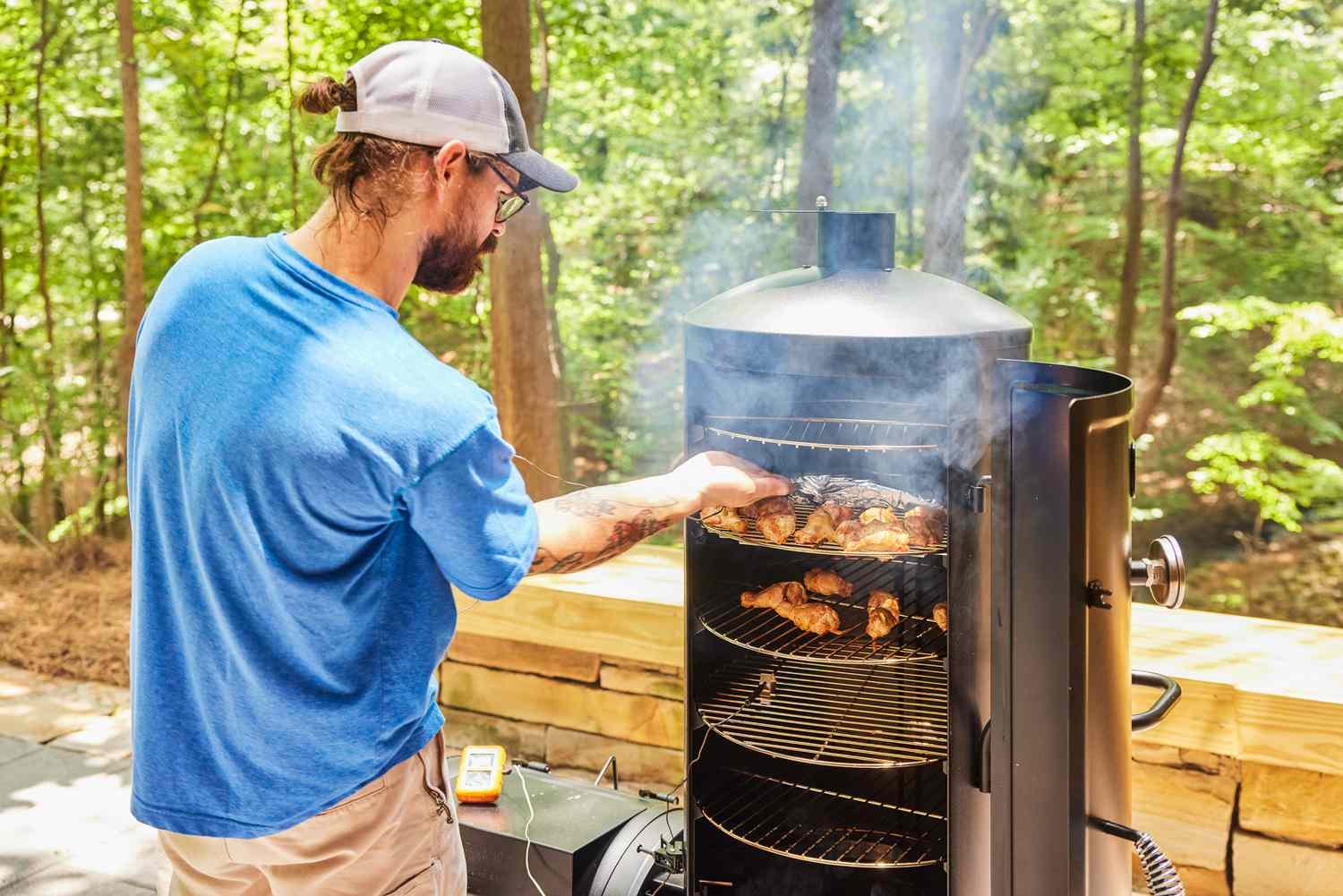
Smoker manufacturers
Pit Boss, Masterbuilt, Char Broil, Weber, Ninja, Cuisinart, Dyna Goro, Traeger, King Chili, Cabela’s, Country, Oklahoma Joe’s
Smoked Salmon Spread
14 ounce of smoked salmon (or canned), remove bones, skin, and fat
One 8-oz package of creamed cheese
1 tsp dried dill
1 half lemon juice
1 tb liquid smoke
1 tb mayonaise
1 tb horseradish
1 tsp hot sauce
Mash cream cheese and salmon together into a paste, add other ingredients, whip by hand. Increase ingredients to taste. Refrigerate 1 to 2 hours. Serve on saltine crackers with optional capers, chopped onion, horseradish, hot sauce.
Freezing
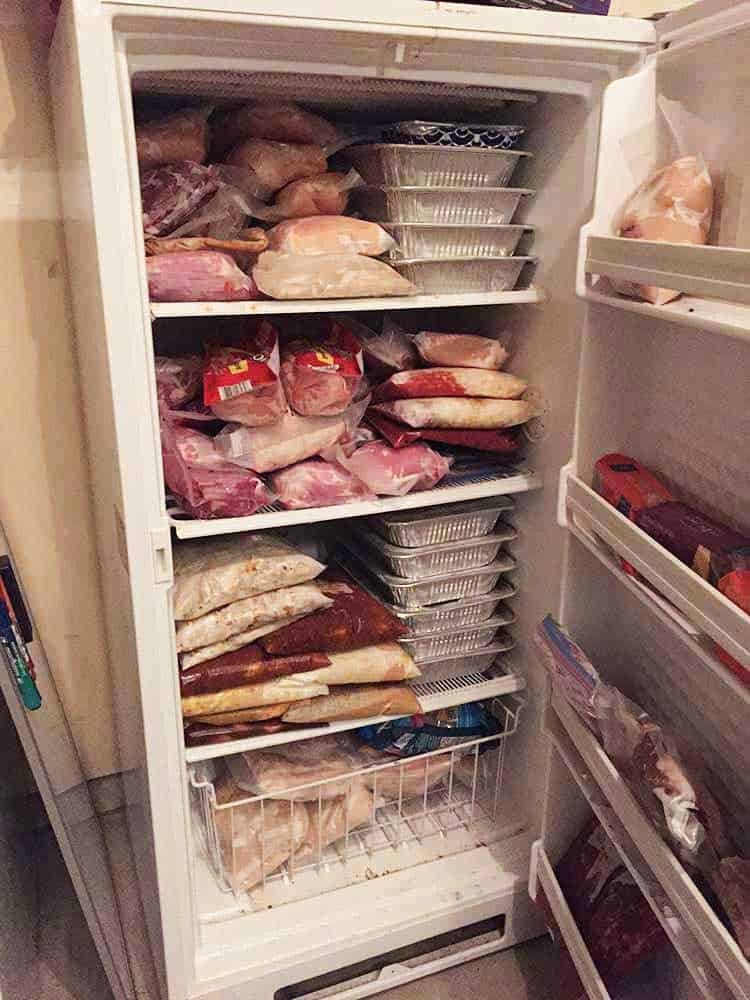
Freezing to preserve food is done by everyone. There is a proper way, though, to use freezing for long-term storage. Freezing is easy, convenient, and inexpensive. Food must be kept free of moisture and in airtight packaging, freezer bags, or containers. Vegetables should be blanched in boiling water for 2 minutes before freezing.
Fruits and vegetables best for freezing: asparagus, beans, green beans, blueberries, broccoli, carrots, cauliflower, corn, herbs, peaches, peas, peppers, spinach, summer squash, strawberries, tomatoes, and others.
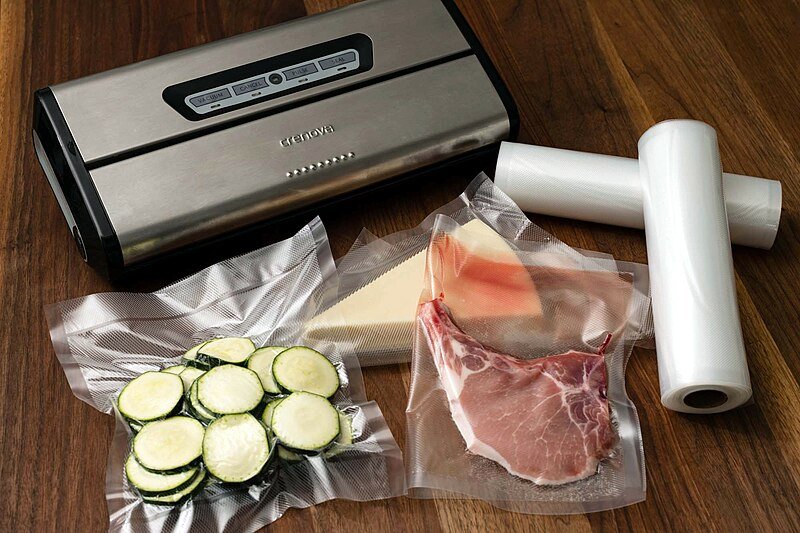
Canning
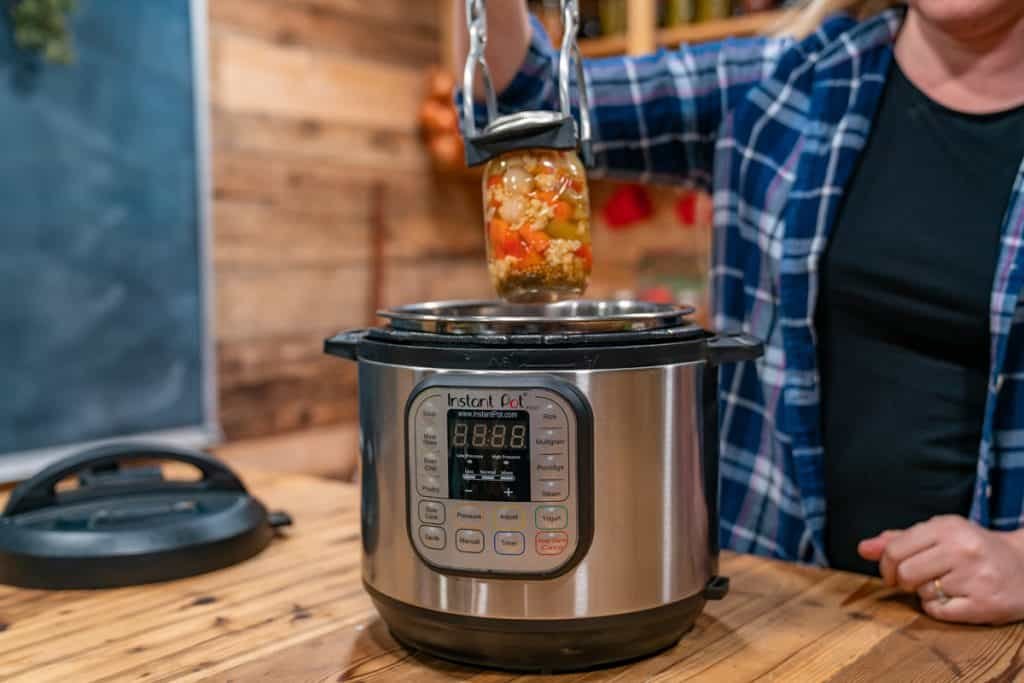
There is a long tradition of canning for preservation of fruits, vegetables, and meats. Canning uses heat and pressure to keep food safe from spoilage in sealed glass jars. Food is cleaned, cut, and put into canning Mason jars then sealed and submerged in boiling water to form a vacuum secured lid. High acid food (fruit, tomato) in jars is submerged in boiling water. Low acid food (vegetables, meat, fish) is heated in a pressure canner.
Fruit and vegetables best for canning: apples, asparagus, green beans, lima beans, beets, carrots, cherries, corn, cucumbers, pears, peaches, peas, potatoes, pumpkin, spinach, summer squash, winter squash, tomatoes, and others.
Canning Supplies manufacturers
Ball & Kerr, Anchor Hocking
Pressure Canners brands
Gourmet Trends, Presto, Nesco, Denali, Cary, Barton, Ball
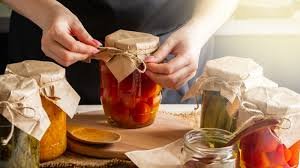
Canned Beets
3 lbs. fresh beets
2 cups sugar
2 cups water
2 cups apple cider vinegar
2 cinnamon sticks
1 tsp whole cloves
1 tsp whole allspice
Put spices in a cheesecloth bag. Bring beets to a boil in water, reduce heat, simmer 25 to 35 minutes until tender. Peel and cut beets into quarters, put in a pan with vinegar, spices, and sugar, bring to a boil, reduce heat, simmer 10 minutes, discard spice bag. Place beets in canning jars, add hot liquid over beets, leaving 1/2 inch from lid, tighten lids. Place jars in a canning pot covered, boil 35 minutes. Remove and cool.
Rhubarb Apple Chutney
2 cups rhubarb diced
4 cups apples cored, peeled, diced
1/2 cup dried cranberries
4 cups sugar
1/2 cup water
1 tsp cinnamon
1/2 tsp nutmeg
1 lemon juiced
Combine water, apples, rhubarb, lemon juice, sugar, bring to boil, simmer 15 minutes. Add cranberries, cinnamon, nutmeg, simmer 5 to 10 minutes. Put in jars, seal lids, process in steamed canner. Age for one month.
Pickling
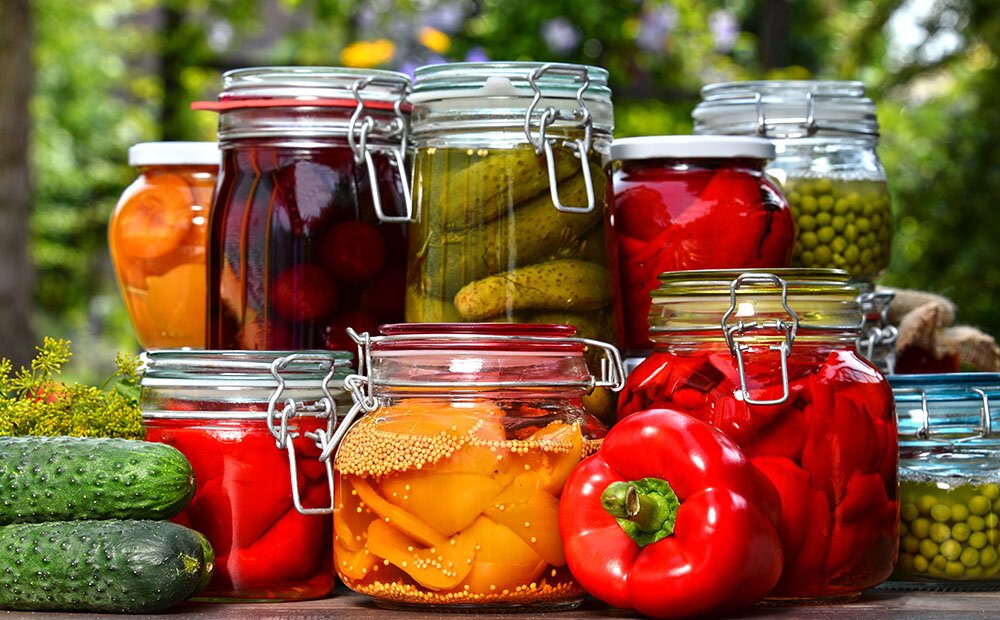
Pickling is another preservation technique. The acidity and salinity of the pickling vinegar and spices kills bacteria and changes the texture and flavor of the food. Popular pickled foods include chow chow, beets, crabapples, sweet and dill pickles, watermelon rind, rhubarb, horseradish, green beans, cabbage, corn, peas, tomatoes, onions, peppers, olives, artichokes, and other foods.
Pickled Watermelon Rind
1 lb watermelon rind cubed, only use white part
2 tb lime (calcium oxide)
2 cups sugar
1 quart water
1/2 lemon, sliced
Soak rind in lime water for 3 ½ hours, drain. Soak in clear water 1 hour, drain. Cover with water, boil 1 1/2 hours, drain. Make syrup of sugar and 1 quart water, add rind, boil 1 hour. As it thickens add lemon. Put in jars, top with syrup, seal, cool.
Pickled Crabapples
2 cups apple cider vinegar
2 cups sugar
10 whole cloves
2 cinnamon sticks
3 lbs firm crabapples, stems intact
Combine vinegar, sugar, spices in a large pot and boil until sugar dissolves. Reduce heat, add apples, cook 5 to 6 minutes. Put apples into jars. Add syrup within 1/2 inch of lid, seal lids. Store in a cool, dark place.
Fermentation
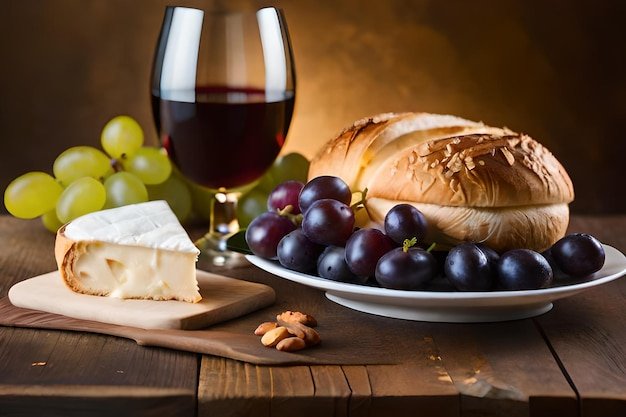
Fermentation is used for numerous foods. Alcohol fermentation uses yeast or bacteria to convert sugar into alcohol or vinegar. Lactic acid fermentation uses water and salt to ferment food. Popular fermented foods include: wine, beer, cider, vinegar, soy sauce, Worcestershire sauce, bread, cheese, yogurt, sauerkraut, kimchi, and others.
Dandelion Wine
A special drink from free dandelions.
1 quart dandelion blossoms, washed
1 gallon boiling water
1 package wine yeast
8 cups sugar
1 orange peeled, sliced
1 lemon juice
Place blossoms in boiling water for 4 minutes, remove and discard. Cool water to 90 degrees F. Stir in yeast, sugar, orange, and lemon juice. Place in a plastic fermenter in a cool place for 3 weeks or when bubbles stop. Siphon and stain though a cheesecloth. Bottle in canning jars with lids. Age for 2 months.
Sauerkraut
Wash, remove core, and shred cabbage. Use 5 pounds of shredded cabbage with 3 tablespoons of sprinkled salt, let sit for 20 minutes. Pack tightly in a 1 gallon jar with an airtight cover. Ferment for 5 to 6 weeks in a temperature of 68 degrees to 72 degrees F.
Preserves and Jams
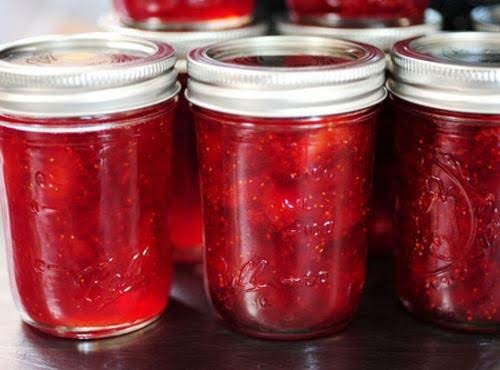
Strawberry Preserves
One quart of strawberries (or blackberry, raspberry, gooseberry, mulberry, rhubarb, other). Coat berries in sugar, cover bowl and set overnight at room temperature. Next day, drain juice in a sauce pan, boil, and pour juice over berries, set over night. Second day repeat. Third day boil juice and berries to thicken. Put into jars, seal while hot, let cool.
Apple Butter
12 granny smith apples, cored, peeled, quartered
1 1/2 cup sugar
1 tb cinnamon,
1 tsp allspice
1/2 tsp ground clove
1 tsp nutmeg
1 tb lemon juice
1/2 cup apple cider
Combine all in a pot, cover and cook at low heat for 8 to 10 hours. Mush apple mixture. Cook uncovered on low heat for 2 hours. Cool, spoon into jars, refrigerate for 3 weeks.
References
National Center for Home Food Preservation
U.S. Department of Agriculture
National Gardening Association
U.S. Federal Emergency Management Agency
American Country Living, Chapter on Canning, Linda Ferrari, Crescent Books, NY, 1992.
The Backyard Homestead, Cathleen Madigan, Storey, 2009.
A Beginner’s Guide to Preserving Food, Walter Drake, Publications International.
Canning & Preserving for Dummies, Amelia Jeanroy, John Wiley & Sons, NY.
The Food Dehydration Bible, Brett L. Markham, Skyhouse, NY, 2014.
The Ultimate Prepper’s Guide, Jay Cassell, Skyhouse, NY, 2014.



